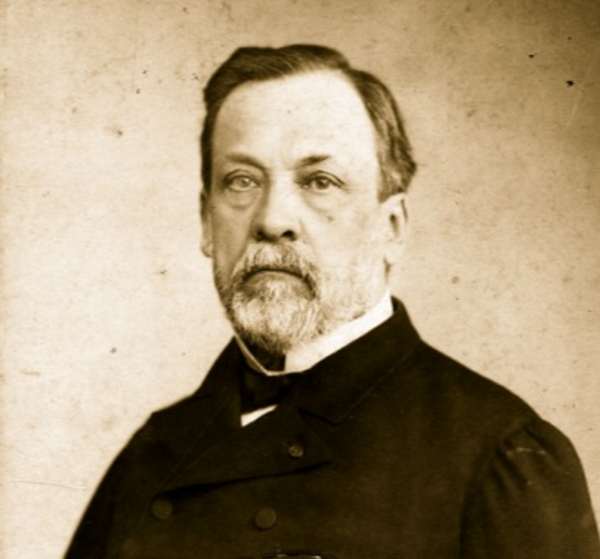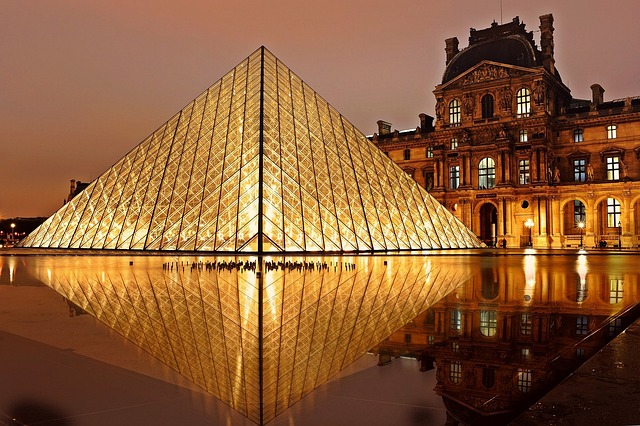Tag: France
-
Louis Pasteur Facts for Kids | Father of Microbiology
Louis Pasteur was a French microbiologist and chemist. He is known for his extraordinary works on pasteurization, vaccination and microbial fermentation. He investigated the causes as well as prevention of many diseases and thus his methods saved millions of lives around the world until today. He was the first scientist to develop vaccinations for anthrax…
Written by

-
France Facts for Kids | Country of the Franks
France, the largest country of Western Europe accommodates a population of 65 million residents as of 2011. Officially named Repeublique Francaise, the French Republic, the country’s government is a unitary semi-presidential Republic. This ancient country was populated by Gauls in 500-700 BC and was a part of the Roman Empire until 476 AD. Governed by…
Written by

